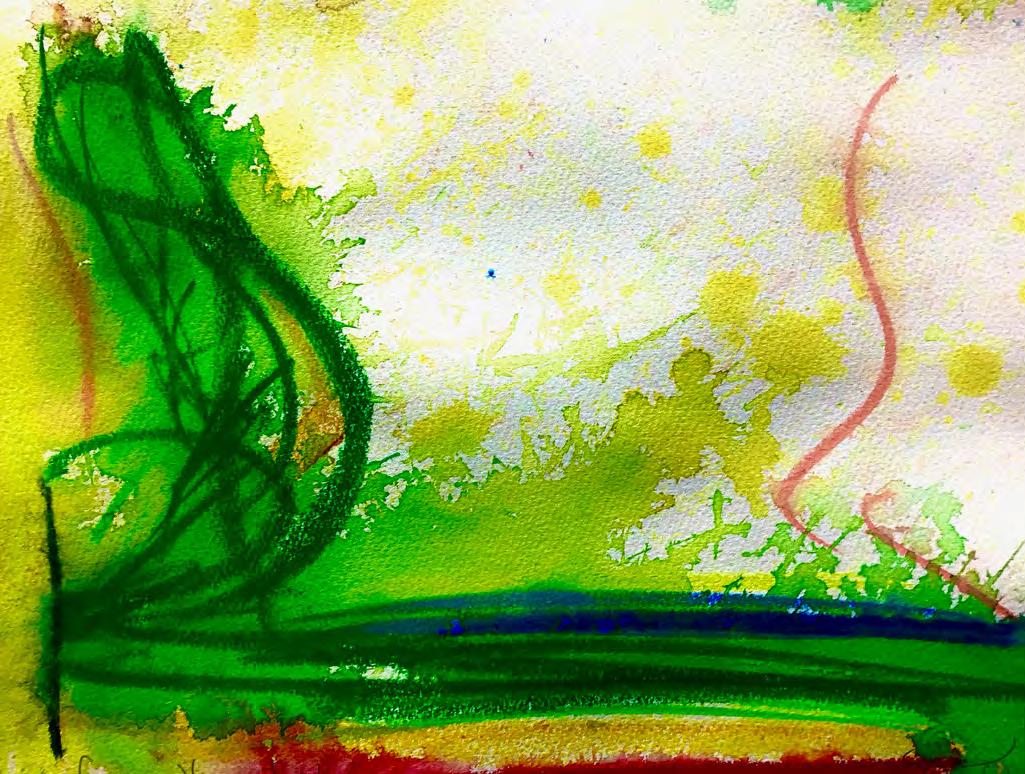‘Disproportionate Impact and Uneven Recovery’: wealth disparity and the impact of Covid-19 Nadia Johnson (PR U6) The effects of the pandemic have been hard on all of us. Transitioning into this new reality driven by screens and the internet, learning to adapt to different working spaces, coping with losing things we used to take for granted. For we students, there’s been a significant amount of stress caused by the uncertainty over exams and our futures. These psychological effects are all too real; this article isn’t meant to discredit that. But, it’s also no lie that the majority of the student and teaching population at this school are very privileged to be where they are. In other parts of the world, and among less fortunate socio-economic groups, the post-pandemic world has been significantly harder to adapt to. There are people who have had to make compromises because they don’t have any other option. There are people who are relying on lockdown lifting and the pandemic’s effects lessening so they can get back on their feet. In this article I will be exploring wealth disparity and the differing impacts of the Covid-19 pandemic, including lockdown, on different socio-economic groups.
1. THE POOR ARE BECOMING POORER ‘The poor are getting poorer with close to 90 million people expected to fall into extreme deprivation this year.’ Gita Gopinath, Chief Economist at the IMF, 13th October 2020 According to the International Labour Organization (ILO), about 600 million people work in sectors such as hospitality and retail, which are among the hardest-hit sectors globally by the pandemic. These sectors tend to pay poorly, as well as contain high proportions of women, ethnic minorities, migrants, the young, and the lesser-skilled. OECD labour economist Sebastian Königs reported that ‘more vulnerable labour market groups — notably the low-skilled and workers in non-standard jobs — have been most strongly affected by job and earnings losses so far’, which could ‘further increase existing wealth inequalities’.1 The informal economy, i.e., economic activities/jobs/workers not protected by the state2, has been especially hard hit. Many of the world’s most vulnerable workers are employed in the informal economy sector, which includes around two billion people worldwide with limited access to social protection or benefits. The loss of income from workers in the informal economy is one of the biggest factors behind the World Bank’s forecast that up to 150 million more people will be pushed into extreme poverty by 2022 as a result of the pandemic. In the US, it was reported in an article written in December 2020 that the wealthy, white and highly educated were the least likely to lose their jobs early, and if they did were more likely to recover quickly. On the other hand, lower earners, people of colour, women and the less-educated were still struggling nearly a year after the start of the pandemic.3 The latter group were more likely to have been working in sectors directly impacted by Covid-19, and less likely to experience the benefits of homeownership and recent market highs.4 ‘Those least able to withstand the downturn have been affected most,’ said Federal Reserve chair Jerome Powell during a Senate Banking Committee hearing last year. On the positive side, according to Troy Frerichs, vice president of investment services at Country Financial, Americans are developing better spending habits as a side effect of the pandemic. ‘People are cutting back on discretionary spending and paying down debt,’ he said; ‘there seem to be some good financial habits taking place.’5 On the other hand, workers better off financially have avoided the worst of the pandemic’s economic impact. For example, many office workers have been able to shift to working from home – including up to 40% of the ILO’s top income bracket. This is more than double the proportion among the lowest earners. Additionally, for those working from home, lockdown has the benefit of lowering spending on transport and leisure. Household saving rates have ‘soared’ in many countries, whereas lower income people have had to use savings to pay their bills. 48






































